Why was the stupendous Porsche 997 Sport Classic so special?
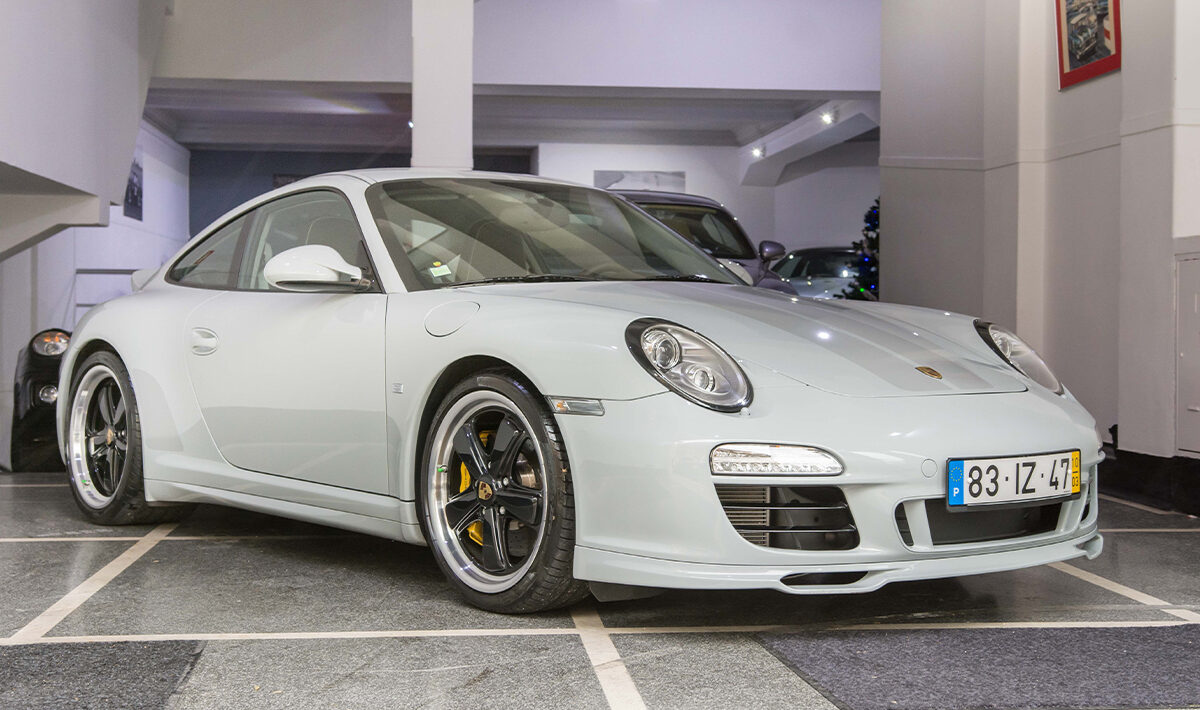
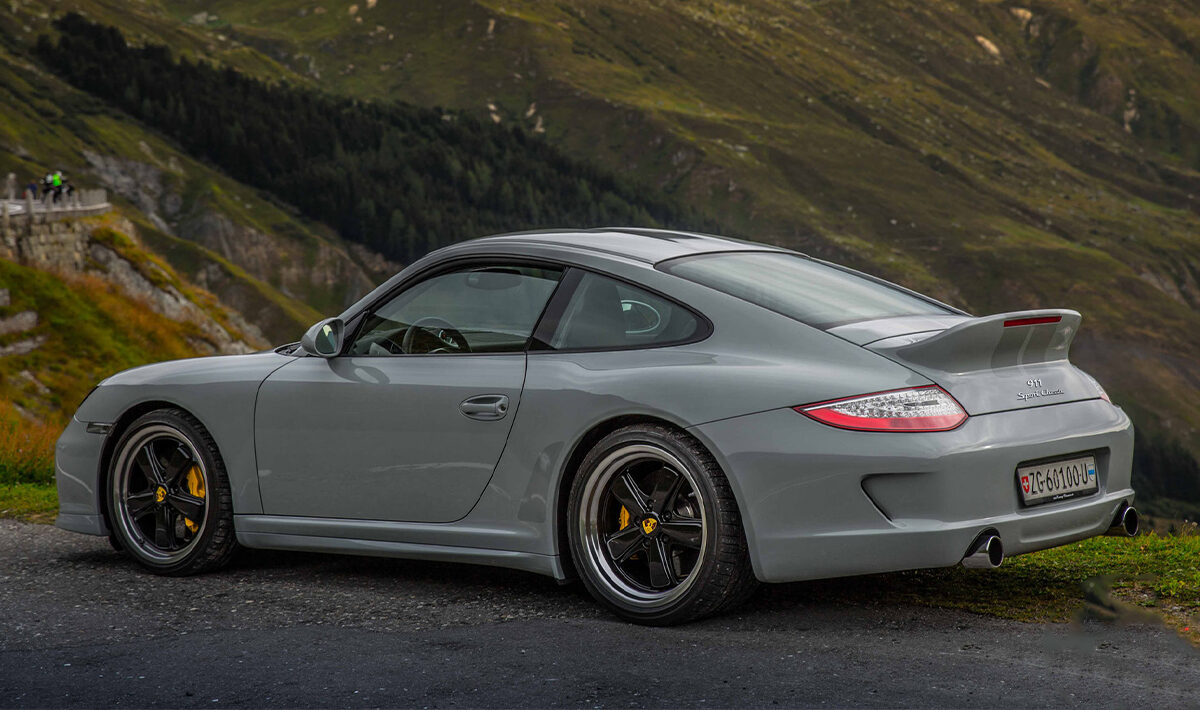
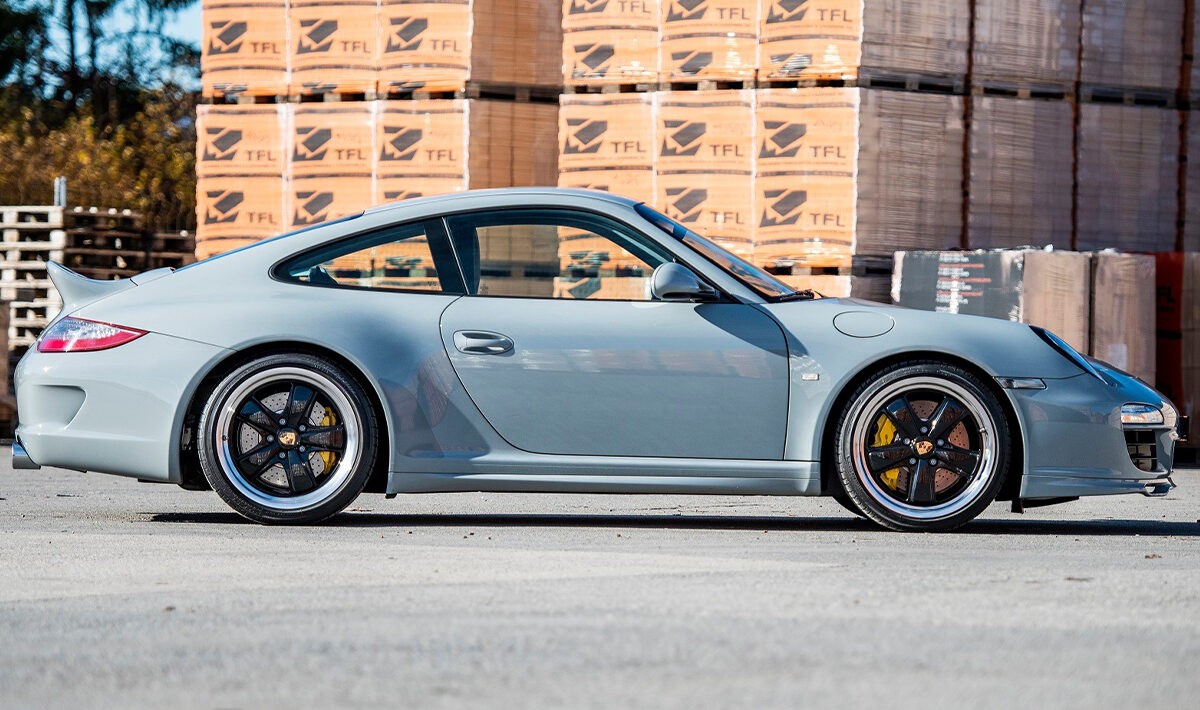
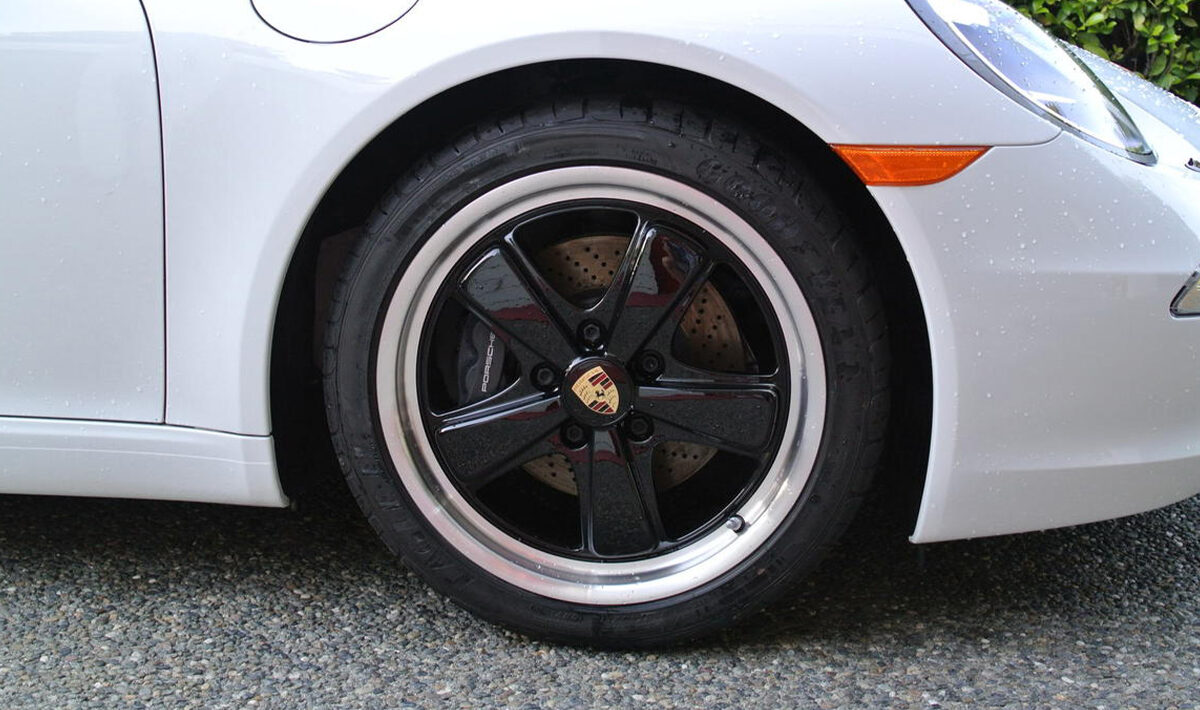
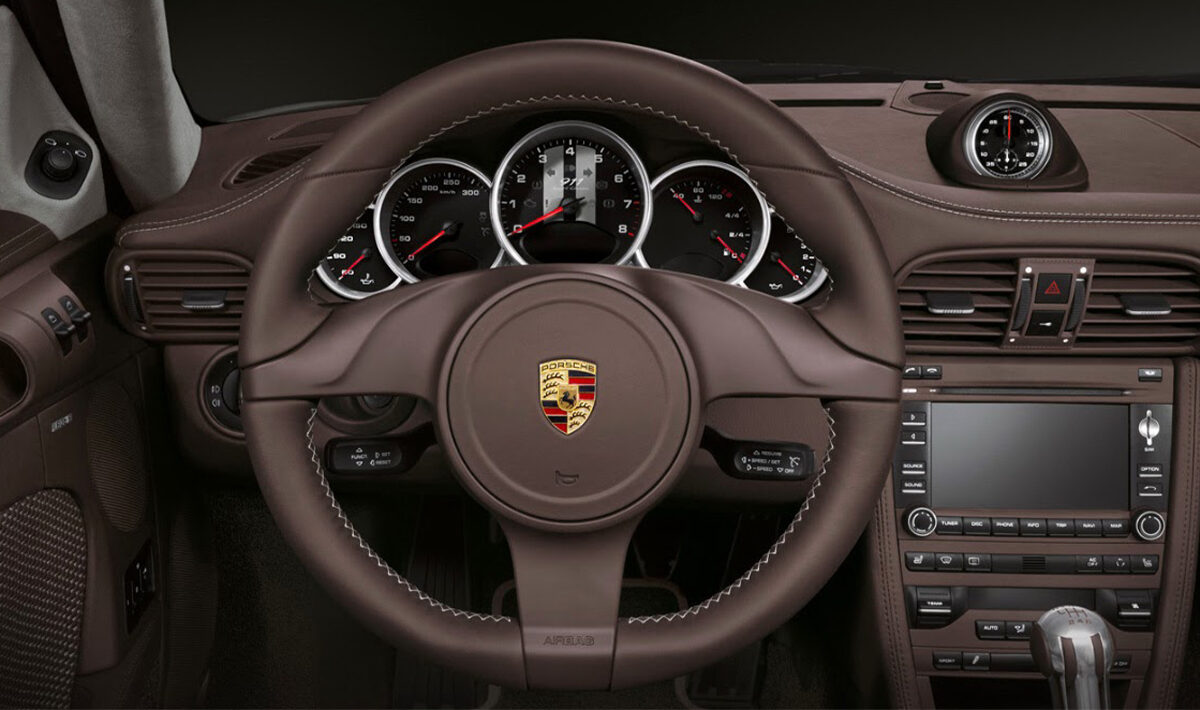
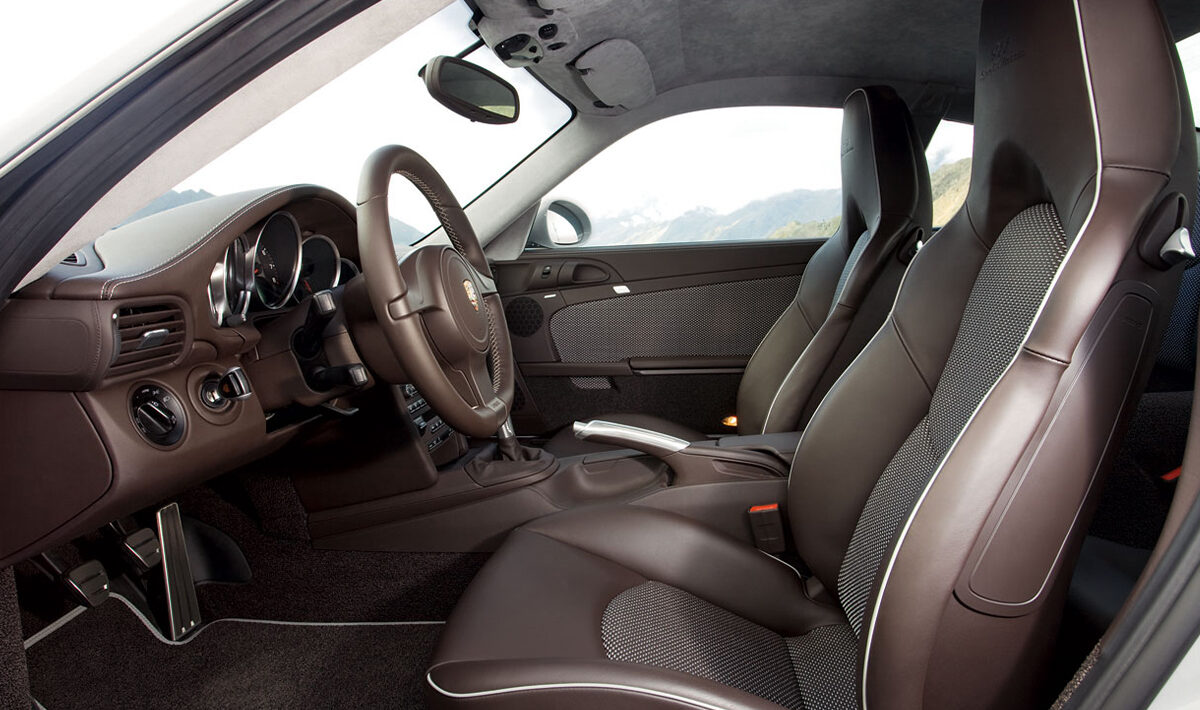
The 997 Sports Classic was a magnificent, short-run model that went straight into the collector sphere. Let’s chart its beginning and swift ending.
The history of the 911 is highlighted by limited-edition or small-production models that have always intrigued me and other Porsche enthusiasts. In the early years these were most often intended for competitions, beauties like the 1967 911R, or the SC RE from 1983 (barely 20 of either were made) and the far more numerous and legendary 2.7RS.
In the late 1980s, some would say the halcyon days of the Sonderwünsch department, Porsche started to see the potential for profit and fruitful PR elements of limited-edition 911s. Take, for example, the widebody 3.2, in Targa or open form especially, made fantastic money. When the 930 Turbo got to the end of its production with no successor in sight, the power-kitted 930 LE – seen by some as a ‘last edition’ was changing hands at twice its hefty retail price within a couple of years.
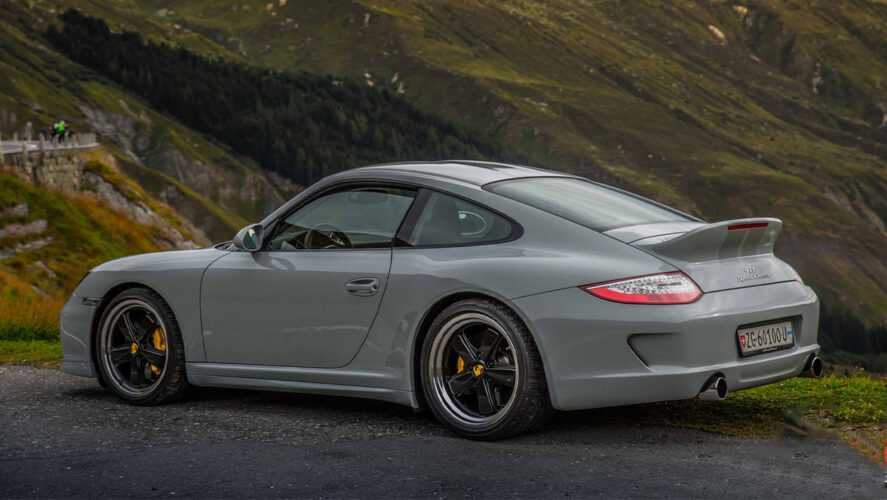
The production volumes of the water-cooled cars became significantly higher and the increasing omnipresence of the 911 made the iconic Porsche more accessible, yet less exclusive. Special models such as the 2003 Anniversary 996 (1,963 were built) didn’t make much impact, but to Porsche it was irrelevant: after nearly folding in the 1990s, the car company was going from strength to strength. It knew it could return to minimal-production special editions later.
And return it did. In 2004, the 997 went into production and plans began for the second generation, with the major change being an entirely new range of engines. The Gen2 997s goal was to have their main launch in autumn 2008, followed later by a series of more specific 997s over the next few years.
The 997 Sport Classic was first on the planning sheet; a 997 Speedster was visualised for 2010, with the GTS 997 in 2011. These would maintain interest in the 911 as Porsche readied the 991.
Porsche used the revered Carrera RS of 1972-3 as inspiration behind the 997 Sport classic (of which 1,590 were made). It was made clear from the outset that there would be a limit of only 250 997 Sport classics manufactured. Porsche’s Exclusive department was where its inception came from, excelling in bespoke modifications to trim and other details for client orders. Modifications such as the Fuchs-like wheels, ducktail spoiler, and double bubble roofline, made the Sport Classic’s individuality about as far as the modern exclusive department could go. Back in Sonderwünsch’s earliest days it had built a 930 Turbo lightweight, as well as a road-going version of the 935, but manufacturing limitations and traffic regulations had unfortunately eliminated such flights of fancy.
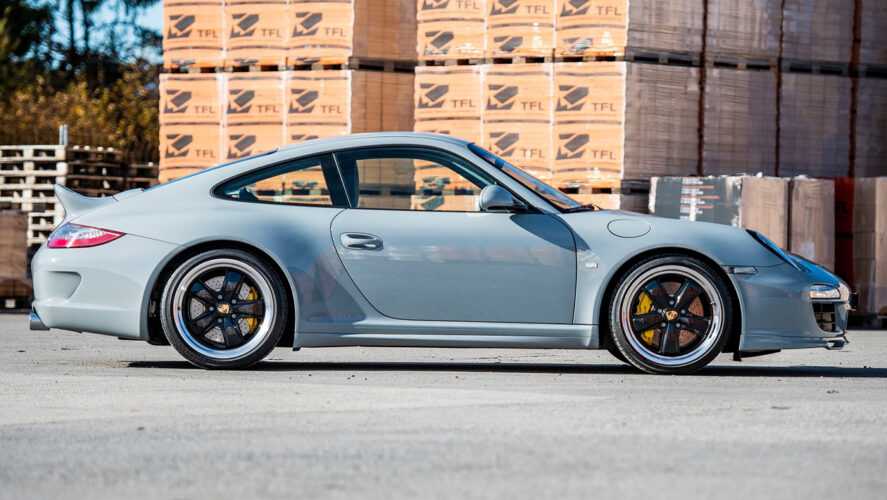
Tillman Brodbeck, who was the manager of Porsche’s Exclusive department, had a link to the 997 having been a young design engineer in 1971 and had conceived the ducktail. He went about it by dividing the lip below the bumper in order to counter the 911 tendency to elevate its front at high speed. Despite this being effective, it had a detrimental effect on cornering traction. Whilst working in the wind tunnel, Tillman discovered that mounting a spoiler to the engine cover reduced rear lift by 60% and enabled the handling to remain balanced. This became the famous ducktail by Tony Lapine’s styling studio and was used in manufacturing the fabulous Carrera RS.
One of the 997 Sport Classic engineers, Ingo Frenkel, summarised the mentality of those he worked alongside when he said “At exclusive we see ourselves as an idea factory inside the company.” Porsche’s marketing department proposed is was time for the company to make a statement with an exceptional 911, leading them to the 997 Sport Classic. It was a larger project than Exclusive’s usual diet of paint schemes, bespoke leather cabins, and installing Porsche Tequipment accessories. The ducktail needed to be designed to work in harmony aerodynamically with the front spoiler, which itself had to be differentiated from that fitted to the Carrera S. Likewise, the Fuchs-like wheels had to be designed prior to being ordered and the beautiful, unique roofline (reflecting Zagato designs from a previous era) was no simple body engineering task. In fact, the roof cost extra expense due to its significant difference from the basic 997, forcing Porsche to seek separate type approval for its Sport Classic. To make sure it was distinctive enough, the roof and the spoiler also received its own front and rear lights. The paintwork was a unique classic grey and the interior oozed class with its dark brown Espresso, natural leather dedicated seats, and the chequered cloth door cards matching the inserts. These were all fairly straightforward but the engine and the chassis did require input from Weissach.
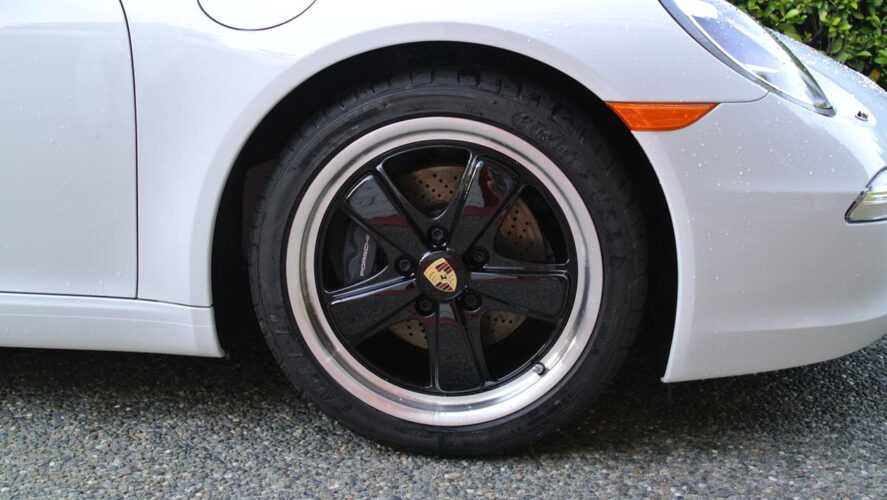
When it came to the second-generation 997 offering, Porsche reintroduced the Sportpaket option. The Powerkit seemed to have evolved into the ‘S’ version of the Turbos over time. The Sport Classic, though, was not regarded as the best vehicle for the introduction of this upgrade making a return.
The original Sportspaket had old favourites like different camshaft profiles, harder plugs, and special exhausts. Whereas the modern version was much more complex and expensive (Porsche would charge £9000 for the Sportspaket option). It required a new inlet manifold that worked in combination with six vacuum-controlled flaps to adjust air intake to engine speed via induction support, which had been reshaped and specially polished.
Up next came a dedicated exhaust system with revised engine management, raising the rev limit to 7,500 rpm and a power max of 408os at 7,300 rpm (a 23ps improvement on the Carrera S). Maximum torque occurred between 4,290 and 5,600 rpm, which made the engine noticibly sporty but not severely. Alongside this, it was coupled with an exact close ratio, sixspeed Aidin gearbox, that had a short-shift gear stick and limited-slip differential. Sporting pureness meant that the 997 Sport Classic was two wheel drive, but for aesthetic reasons it used the wider 4S body.
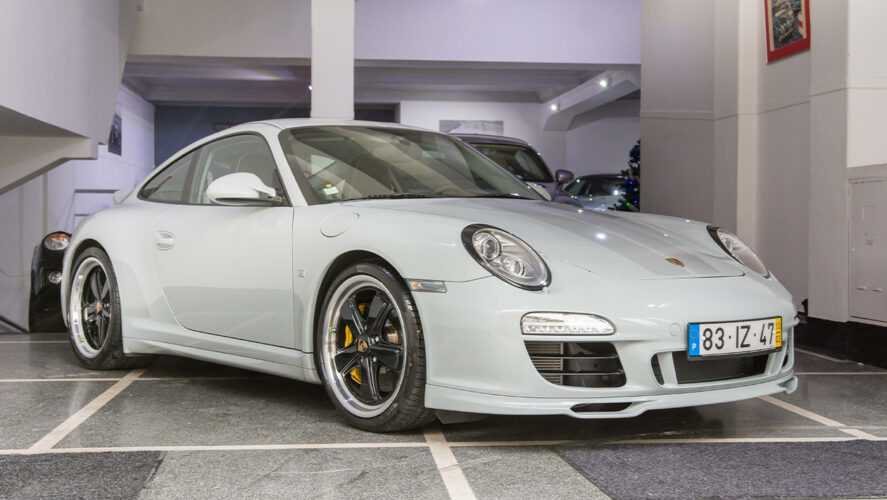
The engineering was impeccable, featuring a chassis that had PASM and was 20 millimetres lower than the Carrera S. Ceramic brake discs instead of steel were standard and alongside the fitting of aluminium doors the Sport Classic weighed the same as the Career S, on which it was largely based (1,425 kilogrammes) despite it having wider wings and a more involved roof panel.
The 997 Sport Classic was on display in September 2009 at the Frankfurt show and went on sale in Europe shortly afterwards, retailing in the UK at an eye-watering £140,049. To put it into perspective, it was £30,000 more than the Gen2 GT3 RS, and nearly twice the price of a Carrera S. The production amount of 250 was almost sold out as soon as the Sport Classic was announced (as were the 356 997 speedsters and the 600 4.0 RSs).
First reviews came from reporters like Autocar’s James Corstorohine, who pointed out that the Sport Classic was genuinely an exclusive production. The interiors, roof, and ducktail would never appear as Porsche accessories, so buyers would be unable to clone it from a stock Carrera S.
After assessing what buyers would get for their money, James warmed to the 997 Sport Classic. He was impressed with the short shift gearbox, though not with the slightly ornate gear lever. He had a preference for the 997 ride compared to a sport-chassis Carrera, noticing the more expensive 911 smoother and “less jittery” on broken surfaces. The steering was better resolved and he liked the nostalgic, old-fashioned softness to the way it rode. The slight bumps and crests mattered not, as he added “there is all the accuracy and body control you could need.“ The engine needed to be revved over 5,000rpm before the additional power could be felt, though it was much more responsive than the standard 3.8S, and he gave his full backing to the slightly louder, non-switchable exhaust. In his summary, he felt that the SC was an incredibly resolved 911 – tactile and rewarding.
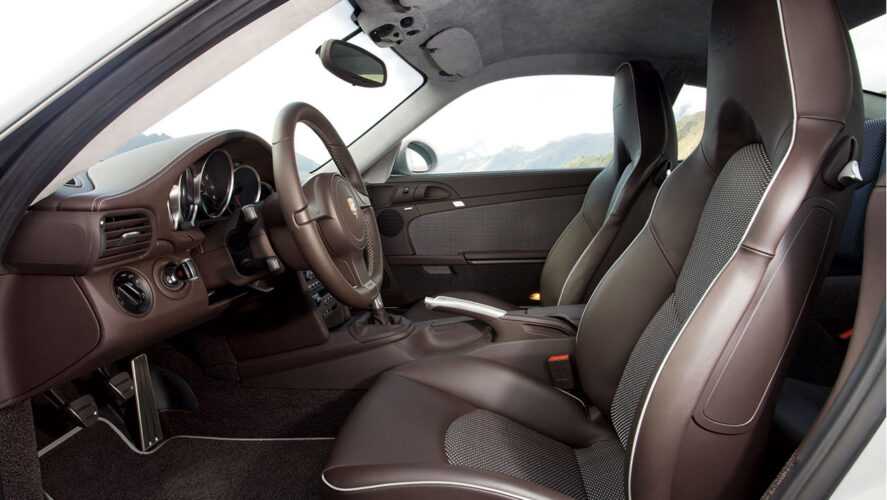
It was a few years later that EVO got its hands on the same car. Its reviewer admired the “striking looks and interior attention to detail.” The road test delivered much the same conclusions as Autocar: the ride was a smart balance between comfort and body control, and Evo’s reporter commended the manual gearbox, which had been tailored to the engine’s power curve. On the track they thought that the Sport Classic “had a natural balance that made the most appealing ‘regular’ Carrera model.” The pricing aside, the reviewer concluded that Porsche’s first retro 911 design was a success.
Autocar provided a suitable summing up: “What’s curious about the Sport Classic is the unlikely mix of these extrovert design details and a plush interior, combined with a chassis that feels pure and unfussy. It feels like the product dreamt up by the marketing department, but one the engineering team wouldn’t release until they were happy to put their name to it.”
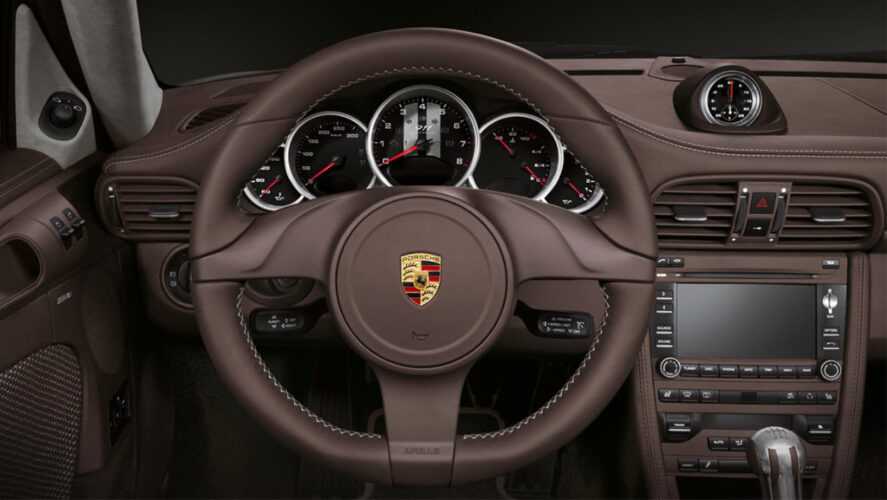
The high value of the Sport Classic in 2009/10 didn’t disappoint those lucky enough to order one new. Within four years, in 2013, a low point for Porsche pricing, 997 Sport Classics were reaching £150,000. The steady rise of values in the preceding years was reflected in the £250,000-plus being asked by 2017. Today, values have stabilised near £300,000.
In 2019, in Scottsdale, Arizona, number two (of 250) was sold with 150 miles on the clock for $654,000. This price was influenced by the fact that the Sport Classic wasn’t originally available in North America. This was due to the power-kitted 3.8 litre engine not passing EPA norms at the time, despite meeting Euro 5 emissions regulations. This meant that Porsche didn’t offer it in the US, a direction it was also forced to take in 1988 with the 959. The Sport Classic in Scottsdale was presumably imported with some sort of individual dispensation is likely to be one of only a handful in the US, hence its inflated price. In today’s market, the few offers of cars for sale around Europe generally sit around €350,000. The new 992 with its 1,250 units will surely lead to enhancing the reputation and value of the 250 original Sport Classics even further.
Make sure that you are subscribed to our newsletter and following us on our social media channels to keep up to date with news, reviews, videos, our legendary competitions and more.
Follow us on Instagram | Follow us on YouTube | Follow us on Facebook | Follow us on Twitter

Read more on
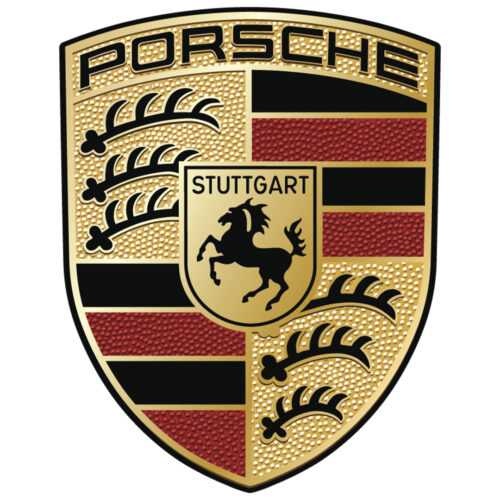
Would you like us to review a product, service or car?
Get in touch and we can make that happen for you.
Find out moreRelated Stories
Advertisement Advertisement
Advertisement Advertisement
Advertisement

